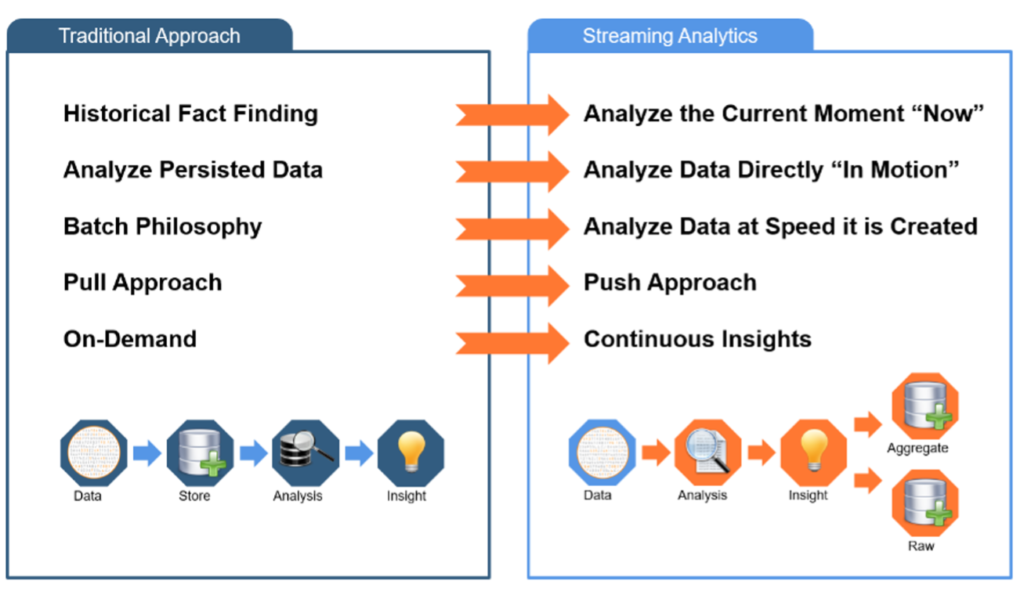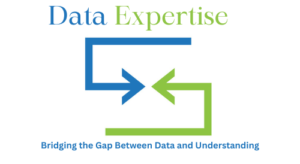In the realm of data and analytics, we are amid a profound transformation. Data science, with its advanced methodologies and tools, is heralding a new era. The days of traditional analytics are giving way to a data-driven revolution that empowers organizations with deeper insights, more accurate predictions, and smarter decisions.
The Limitations of Traditional Analytics
Traditional analytics, while valuable, has its limitations. It primarily deals with historical data, focusing on past performance. It’s akin to driving while looking in the rearview mirror. This approach, although essential, often falls short when the goal is to anticipate future trends and take proactive measures.

- Historical Insights: Traditional analytics provides insights into what happened, based on historical data. While this is crucial for assessing past performance, it offers limited value in predicting future trends.
- Limited Scalability: Traditional analytics tools are less equipped to handle the vast amounts of data generated today. With the proliferation of big data, scalability has become a significant issue.
- Static Models: Traditional analytics relies on static models, which are less adaptable to changing data dynamics. In a rapidly evolving business landscape, this can be a drawback.
The Rise of Data Science
Data science, on the other hand, is a game-changer. It’s about harnessing the power of big data, machine learning, and AI to extract meaningful insights and make predictive analytics accessible. Here’s how data science is revolutionizing the field:
1. Predictive Analytics: Data science introduces predictive analytics, allowing organizations to forecast future trends and outcomes with a high degree of accuracy. This proactive approach is invaluable for businesses.
2. Machine Learning: Machine learning algorithms enable data scientists to uncover complex patterns within data, automating the process of model development and adaptation.
3. Real-time Analysis: Data science makes real-time analysis possible. It’s no longer necessary to rely solely on historical data; live data streams can be analyzed for instant insights.
4. Data Variety: With data science, organizations can process diverse data types, including unstructured and semi-structured data. This capability opens up new opportunities for analysis.
5. Scalability: Data science tools and platforms are built for scalability. They can handle large datasets and grow with an organization’s data needs.
The Impact on Decision-Making
In the dynamic landscape of business and beyond, effective decision-making is the key to success. The shift from traditional analytics to data science has ushered in a new era, enhancing an organization’s ability to make more informed, strategic, and timely decisions. Here’s how this transformation influences decision-making:

1. Informed Choices:
Data science equips decision-makers with a comprehensive understanding of their data. It allows them to consider various variables and factors that might have been overlooked with traditional analytics. This depth of insight empowers organizations to make more informed choices. With access to predictive analytics, they can anticipate future trends, potential challenges, and emerging opportunities. Armed with this knowledge, leaders can chart a more resilient and adaptable course for their organizations.
2. Optimizing Operations:
Data science provides the tools to optimize operations at all levels. From supply chain management to marketing strategies, data-driven insights help streamline processes, reduce waste, and enhance efficiency. Organizations can fine-tune their operations based on real-time data analysis, ensuring that resources are utilized effectively. This optimization not only reduces costs but also frees up resources for innovation and growth.
3. Competitive Advantage:
Leveraging data science offers a significant competitive advantage. Organizations that incorporate advanced analytics into their decision-making processes gain a deeper understanding of customer behavior, market trends, and industry dynamics. With predictive analytics, they can proactively adapt to changing circumstances, seize opportunities, and navigate potential disruptions. In a rapidly evolving marketplace, staying ahead of the competition is a game-changer, and data science provides the tools to do just that.
4. Agile Response to Challenges:
Traditional analytics often struggles to address rapidly changing dynamics. In contrast, data science offers real-time analysis and agile responses to challenges. Whether it’s identifying sudden shifts in customer preferences or adapting to unexpected market conditions, data-driven decision-making allows organizations to react swiftly and effectively. This flexibility is invaluable in today’s fast-paced world.
5. Customer-Centric Approaches:
The shift to data science enables organizations to adopt more customer-centric approaches. By deeply understanding customer behavior through data analysis, businesses can personalize their products, services, and interactions. This approach not only enhances customer satisfaction but also drives customer loyalty and advocacy, fostering long-term success.
6. Risk Mitigation:
Data science enhances the ability to assess and mitigate risks effectively. By analyzing historical data, current trends, and potential scenarios, organizations can develop risk mitigation strategies. This proactive risk management minimizes the impact of adverse events and bolsters resilience.
7. Measurable Impact:
Data science introduces the capability to measure the impact of decisions more accurately. By setting key performance indicators (KPIs) and analyzing the outcomes against these metrics, organizations can evaluate the success of their strategies. This measurement helps refine approaches and drive continuous improvement.
In essence, the shift to data science transforms decision-making into a strategic advantage. Organizations can make more informed choices, optimize their operations, stay ahead of the competition, and build agile responses to challenges. By putting data at the center of decision-making, they navigate a rapidly evolving world with confidence and resilience.
The transition to data science isn’t just about adopting new technologies; it’s about embracing a data-driven culture where decisions are powered by insights, and innovation thrives on informed choices. The impact is tangible, and it’s redefining how organizations operate and succeed in an ever-changing landscape. Stay tuned for further insights as we continue to explore the transformative world of data science.
Conclusion
In part two of our data science series, we’ve explored how this field is bringing about a transformative shift from traditional analytics. While traditional analytics remains a critical component of data analysis, data science complements it by offering predictive capabilities, real-time analysis, and the ability to process a wide variety of data. The transition to data science is not just a choice; it’s a necessity for organizations aiming to thrive in the data-driven landscape of today.
The path forward is clear: embrace the power of data science to unlock deeper insights and drive data-driven decision-making. The shift is happening, and it’s time to be a part of this transformative journey. Stay tuned for more insights and discoveries in the fascinating world of data science.





